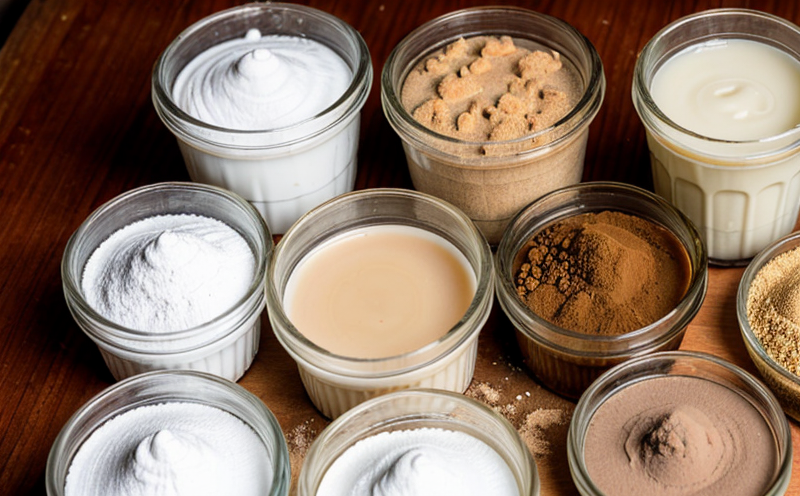USDA MLG 35.01 Yeast and Mold Enumeration in Meat Products
The USDA Method of Laboratory Guidelines (MLG) 35.01 is a stringent standard designed to ensure the safety and quality of meat products by accurately enumerating yeast and mold populations. This method plays a critical role in the food industry, especially for those handling perishable goods like meats, poultry, and processed meat products.
Compliance with USDA MLG 35.01 is essential for companies operating within the United States and adhering to international quality standards. The standard ensures that all raw materials used in the production of these products are free from excessive mold or yeast contamination, which can lead to spoilage and potential health risks.
The enumeration process involves a series of steps that begin with proper specimen preparation. Samples must be collected under sterile conditions and transported to the laboratory while maintaining optimal temperature control. Once in the lab, samples undergo dilution procedures followed by plating onto specific media suitable for yeast and mold growth. After incubation, colonies are counted manually or using automated colony counters.
The acceptance criteria specified in MLG 35.01 define what levels of microbial contamination are acceptable versus unacceptable. Exceeding these limits could indicate poor hygiene practices during processing or storage conditions that favor microbial growth. By adhering to this guideline, manufacturers can maintain product integrity and consumer trust.
Accurate enumeration is crucial for understanding the extent of yeast and mold presence in meat products. This information helps in making informed decisions about ingredient sourcing, process optimization, and final product quality control measures. It also supports compliance efforts with regulatory bodies like the USDA and other relevant authorities worldwide.
In essence, implementing USDA MLG 35.01 ensures that companies are producing safe, high-quality meat products while meeting stringent hygiene requirements. This method not only enhances consumer confidence but also protects brand reputation against potential recalls or lawsuits due to unsafe food items.
Why It Matters
The importance of accurate yeast and mold enumeration cannot be overstated in the context of meat product safety. Yeast and mold can cause spoilage, alter flavors, and potentially pose health risks if present in excessive amounts.
Compliance with USDA MLG 35.01 helps prevent these issues by providing a standardized approach to measuring microbial levels during various stages of production. This ensures that producers are aware of any potential contamination early on so corrective actions can be taken promptly.
For quality managers and compliance officers, adhering to this guideline means they have reliable data supporting their decisions regarding ingredient selection, manufacturing processes, and storage conditions. R&D engineers benefit from this information as well since it provides insights into how different factors influence microbial growth in meat products.
From a broader perspective, ensuring adherence to USDA MLG 35.01 contributes positively towards maintaining public health by reducing instances of foodborne illnesses linked directly or indirectly with improperly handled meats. Ultimately, this leads to better overall satisfaction among consumers who trust brands committed to producing safe and wholesome products.
Industry Applications
- Meat Processing: Ensuring that raw materials used in meat processing meet the required standards helps maintain consistent product quality throughout production lines.
- Poultry Industry: Monitoring yeast and mold levels ensures that processed poultry remains safe for consumption without compromising its taste or texture.
- Canned Meat Products: By following this guideline, companies can extend shelf life while preserving nutritional value during extended storage periods.
Eurolab Advantages
At Eurolab, we pride ourselves on offering comprehensive services that cater specifically to the needs of our clients in the food and feed sectors. Our expertise lies not only in providing accurate results but also in delivering actionable insights based on those results.
We employ highly trained professionals equipped with state-of-the-art equipment capable of handling complex samples efficiently. With years of experience behind us, we ensure every test conducted follows strict protocols outlined by recognized international standards such as ISO 14644 for cleanroom classification or IEC 60364 for electrical installations.
Our commitment to excellence extends beyond just executing tests; it includes providing detailed reports that clearly outline findings alongside recommendations tailored specifically for your business. Whether you need routine checks or one-off assessments, Eurolab is here to support you every step of the way.





